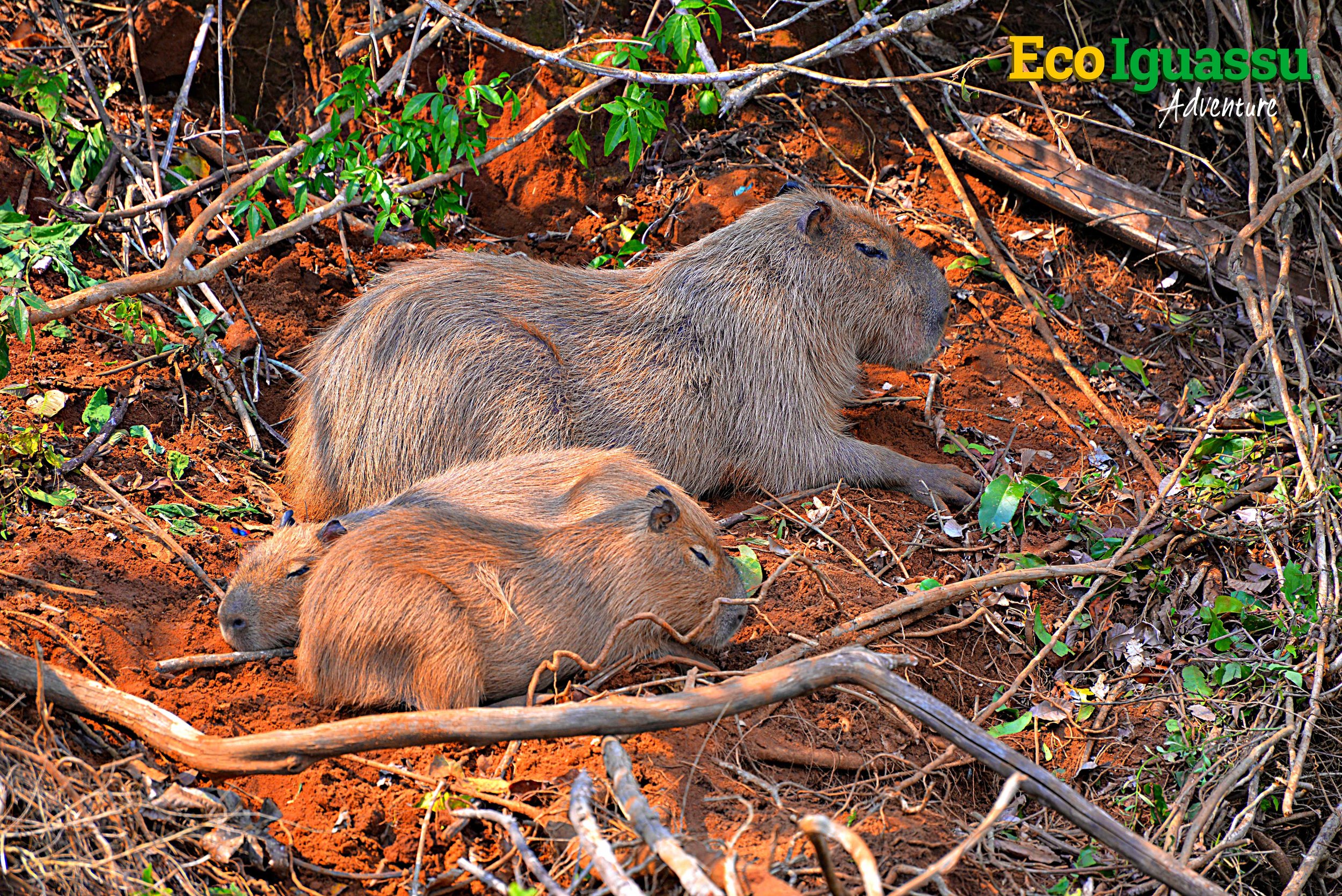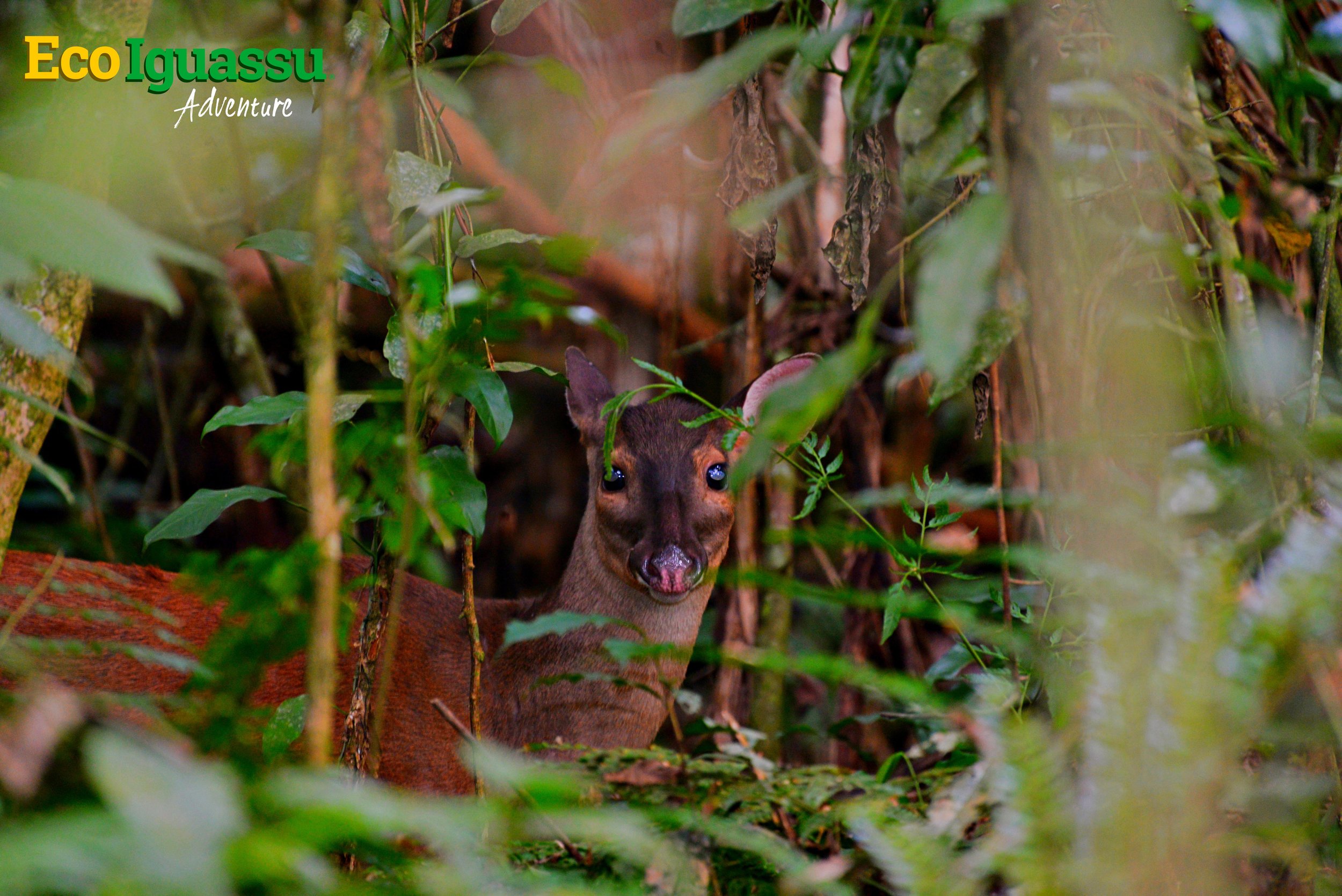Iguassu Falls wild life
All this pictures were taken while on tours around Iguassu Falls!
Quati:
It is one of the many habitants of the Iguassu Falls trails, Brazil or Argentina They will be around. do not eat in front of them, Junkie food triggers in them their more wild instincts making them go fighting and hearting each other. They are cute but could be terrible.
Toco Toucan:
Pretty for human eyes but terrible predators for other species of birds. They attack nests looking for eggs or baby birds and even when outnumbered They do a big damage. Pay attention to a Guava tree at the beginning of sightseeing walking tour in the Brazilian National Park.
Jaguar:
Masters of ambush, jaguars are efficient hunters, carnivores. We say in Brazil that You will never know there is jaguar around before is too late. The black jaguar is a melanistic jaguar whose color morph occurs at about 6 percent frequency in populations.
Collared aracari:
Brightly marked and a large bill but a bit smaller then the Toco Toucan, Araçaris belong to the Toucan family. They breed in lowland forests and slightly more open woodland and roost more socially than other Toucan species.
Capuchin Monkey:
Capuchin Monkeys can also be seen around Iguassu Falls trails. They live in big groups of 20 up to 25 individuals, the so called Alpha-male society so, If You see one be patient because many more may show up. Same procedure of Quatis, We do not feed them, even if You are carrying a banana.
Capybara:
Always near by water, Capybaras like rivers around because besides refreshing themselves in a hot day, They can use it a scape alternative against Jaguars. If You are near by the Iguassu river banks pay attention to little openings in the woods.
Green-headed Tanager: It is a brightly-colored bird which can be found in the Atlantic forest in south-eastern Brazil, far eastern Paraguay, and far north-eastern Argentina. Just like other members of the genus Tangara, small but colorful with an average of 13.5 centimeters and a mass of 18g.
How to spot them?
All this pictures were taken while on tours around Iguassu Falls. In Iguassu nature is in control, We never know when or how animals will show up that's why We recommend You stay as much as possible in the paths around the Falls or take Hiking Trails inside of the Iguassu National Park which enhences your likelihood of finding wild life.














